Managing blood sugar levels is crucial for overall health, especially for those with diabetes or at risk for metabolic disorders. Certain vegetables can be powerful allies in this effort, thanks to their fiber content, low glycemic impact, and special plant compounds. Adding these nutritional powerhouses to your daily meals can help keep your glucose levels steady while providing essential vitamins and minerals your body needs.
1. Spinach
Leafy spinach serves as a blood sugar superhero with its impressive fiber and magnesium content. These nutrients work together to slow digestion and improve insulin response in your body.
The antioxidants in spinach fight inflammation that can disrupt normal glucose processing. With virtually no carbs to speak of, you can eat generous portions without worrying about blood sugar spikes.
Try adding raw spinach to smoothies or wilting it into soups and stir-fries. Even spinach skeptics might enjoy baby spinach leaves, which offer a milder flavor while providing the same blood sugar benefits as their mature counterparts.
2. Kale
Kale stands tall among vegetables that support healthy blood sugar levels. This leafy champion contains special plant compounds called flavonoids that may enhance your body’s sensitivity to insulin, helping cells respond better to this important hormone.
The fiber in kale slows down carbohydrate digestion, preventing rapid glucose spikes after meals. One cup provides nearly 20% of your daily fiber needs while delivering a massive dose of vitamin C, which some research links to improved glucose metabolism.
Massage raw kale with a bit of olive oil to soften its texture, or roast it into crispy chips for a blood-sugar friendly snack that satisfies crunchy cravings without the carb load.
3. Broccoli
Broccoli contains a remarkable compound called sulforaphane that actively helps lower blood sugar levels. Research shows this powerful substance can improve insulin resistance and protect against diabetes-related damage to blood vessels.
The fiber content in broccoli creates a feeling of fullness while slowing carbohydrate absorption. Steam it lightly to preserve its nutrients and natural sweetness—overcooking diminishes both flavor and health benefits.
For maximum blood sugar regulation, try eating broccoli sprouts, which contain up to 100 times more sulforaphane than mature broccoli. Just a quarter cup of these tangy sprouts on sandwiches or salads provides significant metabolic support with minimal impact on blood glucose.
4. Cauliflower
Cauliflower has become the darling of low-carb kitchens for good reason. This mild-flavored vegetable contains just 5 grams of carbs per cup, making it an excellent replacement for high-glycemic foods that spike blood sugar.
Pulse cauliflower in a food processor to create rice-like grains, or steam and mash it as a potato substitute. The fiber in cauliflower slows digestion, helping maintain steady glucose levels throughout the day.
Beyond its blood sugar benefits, cauliflower delivers vitamin C and vitamin K while providing antioxidants that combat inflammation. The cruciferous compounds in cauliflower may also help protect against certain chronic diseases, making it a true multitasking vegetable for overall health.
5. Brussels Sprouts
Brussels sprouts may be small, but they pack a mighty punch against blood sugar fluctuations. These mini-cabbages contain alpha-lipoic acid, a powerful antioxidant that research shows can improve insulin sensitivity and help lower glucose levels.
The fiber content in Brussels sprouts—nearly 4 grams per cup—creates a slow, steady release of nutrients that prevents blood sugar spikes. Roasting brings out their natural sweetness while caramelizing their edges for a delicious side dish.
For an extra blood sugar benefit, try pairing Brussels sprouts with protein sources like chicken or fish. This combination further slows digestion and glucose absorption, creating meals that keep energy levels stable while satisfying hunger for hours.
6. Cabbage
Cabbage provides exceptional blood sugar support at a fraction of the cost of many other superfoods. Both red and green varieties contain compounds that help regulate glucose metabolism while offering plenty of filling fiber.
The natural enzymes in raw cabbage may help improve digestion and nutrient absorption. Try making a simple coleslaw with apple cider vinegar, which some studies suggest may also help lower blood glucose levels.
Fermented cabbage, like sauerkraut or kimchi, offers additional benefits through probiotics that support gut health. Emerging research links a healthy gut microbiome to improved insulin sensitivity and better blood sugar control, making these tangy treats especially valuable for metabolic health.
7. Bitter Melon
Bitter melon lives up to its name with a distinctly bitter taste, but its effects on blood sugar make it worth acquiring the taste. Traditional healers across Asia have used this unique vegetable for centuries to treat diabetes and high blood sugar.
Modern research confirms bitter melon contains several compounds that act similarly to insulin, helping move glucose from the bloodstream into cells. The charantin and polypeptide-p in bitter melon can lower blood glucose levels without medication for some people.
Try bitter melon sliced thin and stir-fried with garlic and a protein source, or look for bitter melon tea or supplements if the taste proves too challenging. Start with small amounts as it can be potent, especially if you’re already taking diabetes medications.
8. Okra
Okra’s unique texture comes from its natural mucilage, a thick gel-like substance that does more than just thicken gumbo. This special fiber binds to cholesterol and sugar molecules in the digestive tract, slowing their absorption and preventing blood sugar spikes.
Research suggests the seeds and peel of okra contain special antioxidants that may help repair pancreatic cells, potentially improving insulin production. Many people make “okra water” by soaking pods overnight and drinking the liquid in the morning as a blood sugar remedy.
For those who dislike okra’s slippery texture, try roasting it at high heat until crispy or adding it to soups where its thickening properties become an asset. Just six pods provide nearly 2 grams of blood-sugar-regulating fiber.
9. Zucchini
Zucchini offers the perfect combination of high water content and fiber that helps regulate blood sugar naturally. With just 3 grams of carbs per cup, this summer squash provides volume and nutrients without the glucose impact of starchier vegetables.
The pectin fiber in zucchini improves insulin sensitivity and helps your body process carbohydrates more efficiently. Many people use spiralized zucchini “noodles” as a pasta alternative, cutting carb intake dramatically while still enjoying satisfying meals.
Yellow summer squash offers similar benefits and can be used interchangeably with zucchini in most recipes. Try grilling, roasting, or sautéing these versatile vegetables with herbs and a touch of olive oil for a simple side dish that supports stable blood sugar levels.
10. Green Beans
Green beans deliver a winning combination of soluble and insoluble fiber that works together to prevent blood sugar fluctuations. The soluble fiber forms a gel-like substance that slows digestion, while insoluble fiber adds bulk without adding digestible carbs.
Fresh, frozen, or even canned green beans (rinsed to reduce sodium) can help steady glucose levels throughout the day. Their versatility makes them easy to include in almost any meal—from morning omelets to dinner stir-fries.
Beyond blood sugar benefits, green beans contain plant compounds called flavonoids that may improve insulin signaling pathways. Their satisfying crunch and mild flavor make them an excellent choice for adding volume to meals without impacting blood glucose, even when you’re managing diabetes or insulin resistance.
11. Asparagus
Asparagus spears contain special compounds that stimulate insulin production and improve how your body processes sugar. The high fiber-to-carb ratio means you can enjoy these elegant green stalks without worrying about glucose spikes.
The chromium in asparagus enhances insulin’s action, helping move glucose from bloodstream to cells more efficiently. Try roasting asparagus with a little olive oil and lemon juice for a simple side dish that supports blood sugar regulation.
Asparagus also acts as a natural diuretic, helping reduce water retention that sometimes accompanies blood sugar fluctuations. For maximum benefit, choose thinner spears, which tend to be more tender and have a higher concentration of active compounds compared to their thicker counterparts.
12. Bell Peppers
Bell peppers bring vibrant color and blood sugar benefits to your plate. These crunchy vegetables contain minimal carbohydrates while offering impressive amounts of vitamin C—one red bell pepper provides over 100% of your daily needs for this important nutrient that supports insulin function.
The fiber in bell peppers slows digestion and helps prevent post-meal blood sugar spikes. Try stuffing them with high-protein fillings like ground turkey or beans for complete meals that maintain steady glucose levels.
Green peppers have the lowest sugar content, while red, yellow, and orange varieties offer more antioxidants like beta-carotene and quercetin. These compounds help reduce inflammation that can interfere with normal insulin function, making colorful peppers particularly valuable for those managing diabetes or metabolic syndrome.
13. Tomatoes
Tomatoes walk the line between fruit and vegetable but earn their place on this list through their remarkable blood sugar benefits. Their low carbohydrate content and high water volume make them ideal for glucose management, while their rich lycopene levels fight inflammation linked to insulin resistance.
Cherry tomatoes make perfect snacks with a glycemic index so low it barely registers. Cooking tomatoes actually increases their lycopene availability, so enjoy them in sauces, soups, and roasted dishes.
Some research suggests the chromium in tomatoes helps regulate blood sugar by enhancing insulin’s action in the body. The natural acids in tomatoes may also slow carbohydrate digestion when paired with starchier foods, making them an excellent addition to pasta dishes when you’re monitoring blood glucose levels.
14. Carrots
Carrots have gotten a bad rap among some people watching their blood sugar, but science tells a different story. While they contain more natural sugars than some vegetables, their moderate glycemic index is offset by impressive fiber content that slows sugar absorption.
The beta-carotene that gives carrots their orange color acts as a powerful antioxidant, reducing inflammation that can disrupt normal glucose metabolism. Raw carrots have a lower glycemic impact than cooked ones, making them excellent crunchy snacks or salad additions.
Research suggests the unique fiber in carrots may help improve insulin sensitivity over time. For the best blood sugar balance, pair carrot sticks with protein-rich dips like hummus or Greek yogurt, creating snacks that satisfy hunger while maintaining steady glucose levels.
15. Eggplant
Eggplant’s deep purple skin contains anthocyanins, powerful antioxidants that may help cells respond better to insulin. These special plant compounds work alongside eggplant’s soluble fiber to create a double defense against blood sugar spikes.
The polyphenols in eggplant can actually slow the digestion of carbohydrates and reduce sugar absorption in the intestines. Roasting or grilling eggplant brings out its natural sweetness without adding carbs that might impact blood glucose.
For maximum blood sugar benefits, leave the skin on when cooking eggplant—that’s where most of the anthocyanins reside. Try using grilled eggplant slices as a bread replacement for sandwiches, or make baba ganoush as a lower-carb alternative to hummus for a Mediterranean-inspired blood sugar friendly snack.
16. Swiss Chard
Swiss chard’s rainbow stems and dark green leaves aren’t just pretty—they’re packed with unique compounds that actively support healthy blood sugar levels. The syringic acid in chard has been shown to inhibit certain enzymes that break down carbs, potentially slowing glucose absorption.
The magnesium and potassium in Swiss chard play important roles in insulin function and glucose metabolism. Just one cup provides nearly 40% of your daily magnesium needs, a mineral many people with blood sugar concerns may be lacking.
Sauté Swiss chard with garlic as a simple side dish, or add the chopped leaves to soups and stews where they wilt down substantially. The colorful stems add crunch and visual appeal while providing additional fiber that helps prevent post-meal blood sugar spikes.
17. Celery
Celery stalks offer satisfying crunch with almost no impact on blood sugar levels. With just 1 gram of digestible carbohydrate per stalk and plenty of fiber, celery provides volume and nutrients while helping maintain steady glucose levels.
The natural compounds in celery may help reduce inflammation markers associated with insulin resistance. Many people overlook celery’s impressive antioxidant content—it contains over a dozen different kinds that support metabolic health.
Beyond blood sugar benefits, celery’s high water content helps with hydration, which is especially important for those managing diabetes. Try celery sticks with almond butter for a balanced snack, or add chopped celery to tuna salad for extra crunch without extra carbs that might impact your glucose levels.
18. Cucumber
Cucumbers consist of 95% water, making them one of the most hydrating vegetables for blood sugar management. Their minimal carbohydrate content and refreshing crunch make them perfect for snacking without concern for glucose spikes.
The soluble fiber in cucumber seeds and skin helps slow digestion and stabilize blood sugar levels after meals. Leave the skin on for maximum fiber benefits, just be sure to wash thoroughly or choose organic when possible.
Cucumber contains a unique compound called cucurbitacin that may help support pancreatic cells, which produce insulin. Slice cucumbers into water for a refreshing drink, add them to salads for volume, or use cucumber rounds as low-carb “crackers” topped with protein-rich tuna or egg salad for blood-sugar-friendly snacks.
19. Radishes
Radishes bring a peppery kick to meals while actively supporting healthy blood sugar levels. These root vegetables contain compounds that may increase glucose uptake in cells, helping clear sugar from the bloodstream more efficiently.
With virtually no digestible carbohydrates, radishes add flavor and crunch to salads without impacting blood glucose. Their fiber content slows digestion when eaten alongside other foods, helping prevent sudden spikes after meals.
Beyond the common red variety, try black radishes, which contain even more of the active compounds that support metabolic health. Radish greens are also edible and nutritious—add them to salads or sauté them lightly for additional blood sugar benefits and to reduce food waste.
20. Leafy Lettuce
Lettuce varieties like romaine, green leaf, and red leaf offer nearly unlimited volume with minimal impact on blood glucose. Their high water content and fiber help fill your stomach while their negligible carbohydrate levels keep blood sugar steady.
The chromium in darker lettuce varieties supports insulin function, helping your body process carbohydrates more efficiently. Using large lettuce leaves as wraps instead of tortillas or bread can dramatically reduce the carb content of meals.
The diverse phytonutrients in colorful lettuces fight oxidative stress that can damage cells involved in glucose metabolism. For maximum blood sugar benefits, create salads with a variety of lettuce types, add protein like chicken or beans, and dress with olive oil and vinegar rather than sugar-laden commercial dressings.
21. Mushrooms
Mushrooms provide savory, meaty flavor and texture with remarkably little impact on blood sugar levels. Their unique fiber, including beta-glucans, helps moderate glucose absorption while supporting immune function.
The chromium and selenium in mushrooms play vital roles in insulin function and glucose metabolism. Portobello mushrooms make excellent substitutes for hamburger patties, while shiitake and maitake varieties contain compounds specifically studied for their blood sugar lowering effects.
Mushrooms also contain natural aromatase inhibitors that may help regulate hormones involved in insulin resistance. Sauté mushrooms with garlic as a simple side dish, add them to omelets for a hearty breakfast, or use them as a base for sauces to add richness without the carbohydrates that might spike blood glucose.
22. Beets
Beets contain more natural sugar than many vegetables on this list, but their fiber content and special compounds make them valuable for blood sugar management when consumed in moderation. The nitrates in beets improve blood flow, helping insulin and glucose reach cells more efficiently.
Research shows beets may improve insulin sensitivity during exercise, making them particularly beneficial for active individuals managing blood sugar concerns. Their rich betalain pigments fight inflammation that can interfere with normal glucose metabolism.
For blood sugar balance, pair small portions of beets with protein and healthy fats to slow sugar absorption. Try roasted beets in salads with goat cheese and walnuts, or add a small amount of grated raw beet to slaws for color and nutrients without overwhelming your glycemic load.
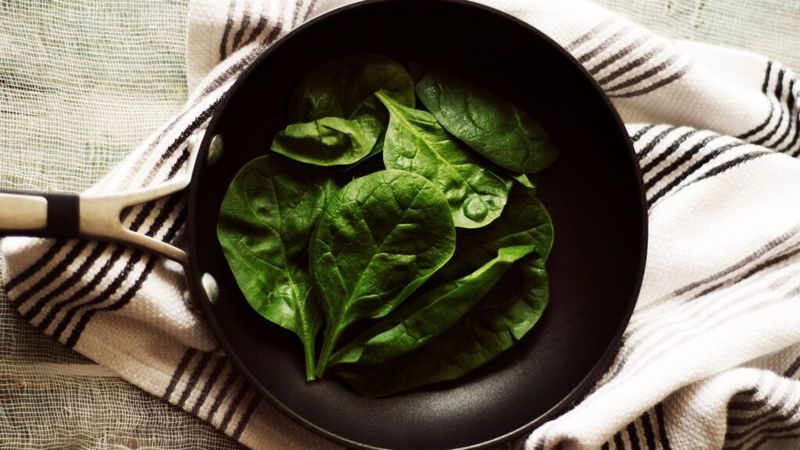
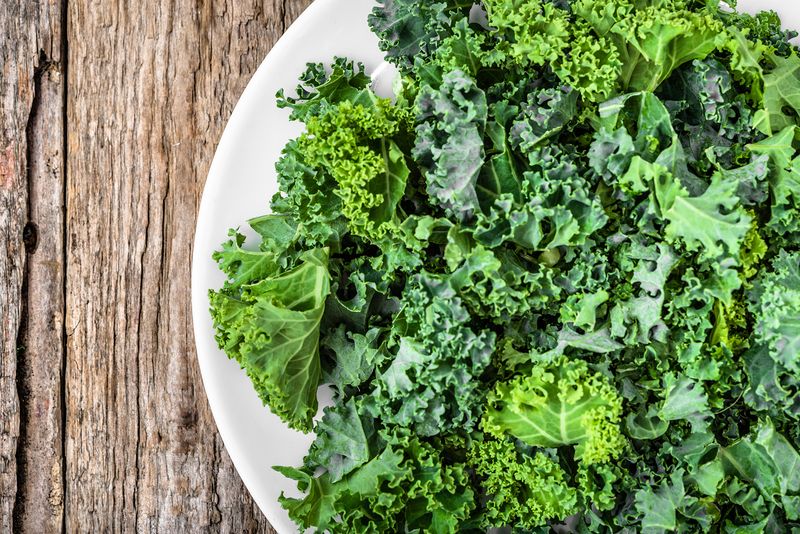
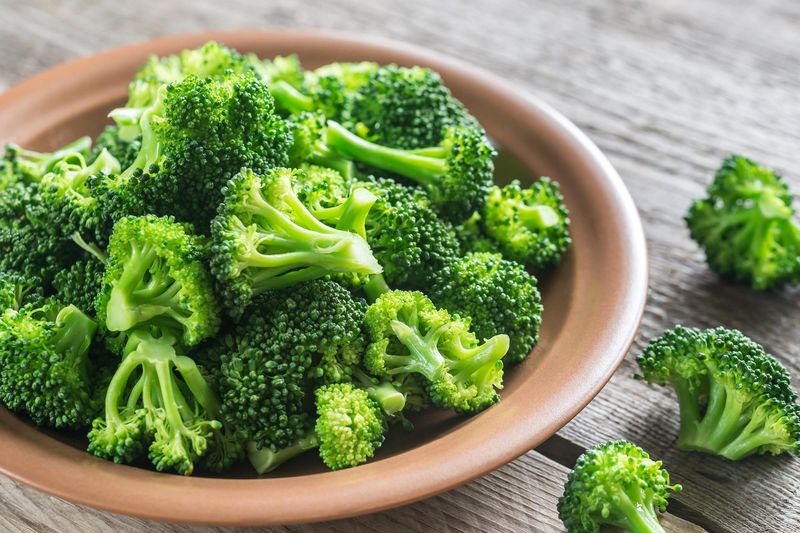
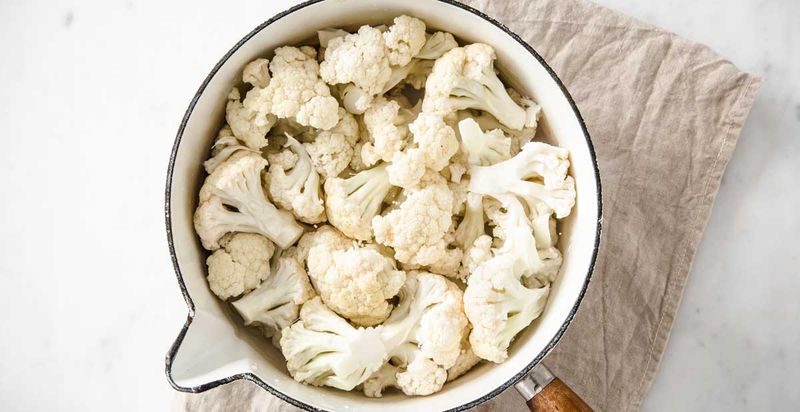

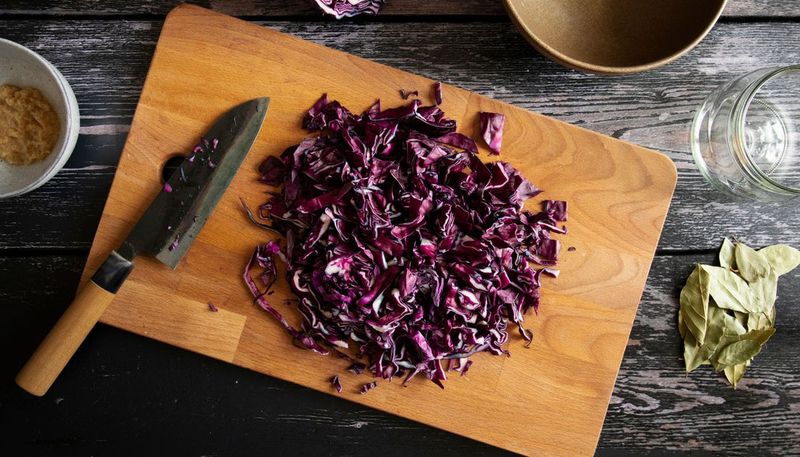
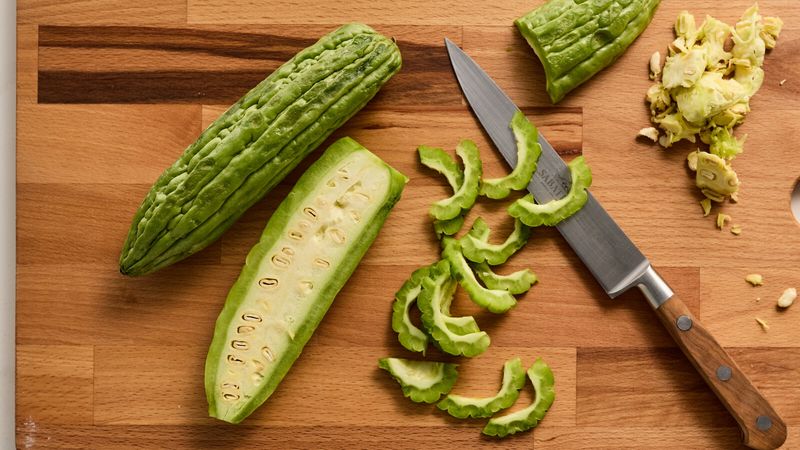


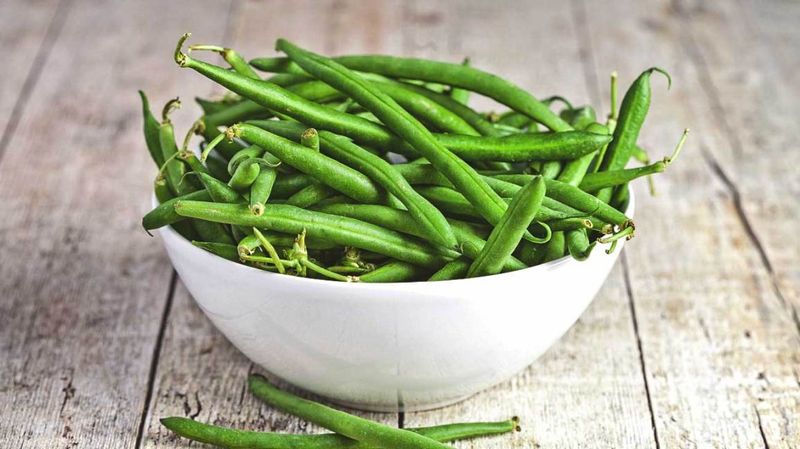
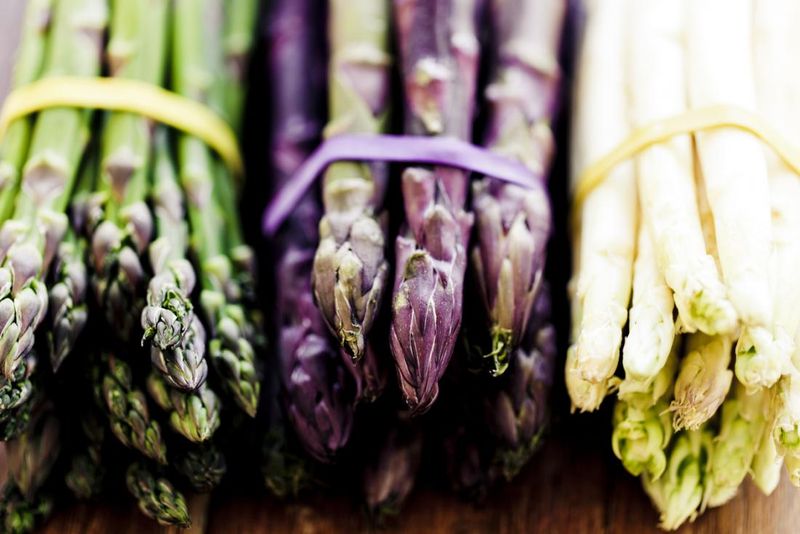
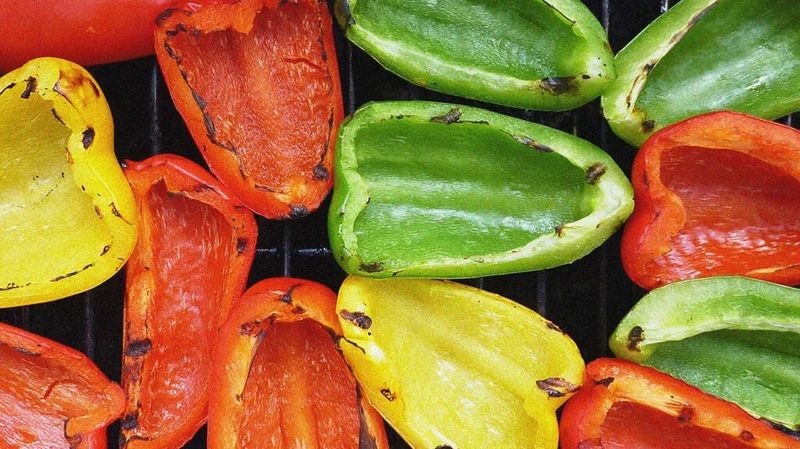

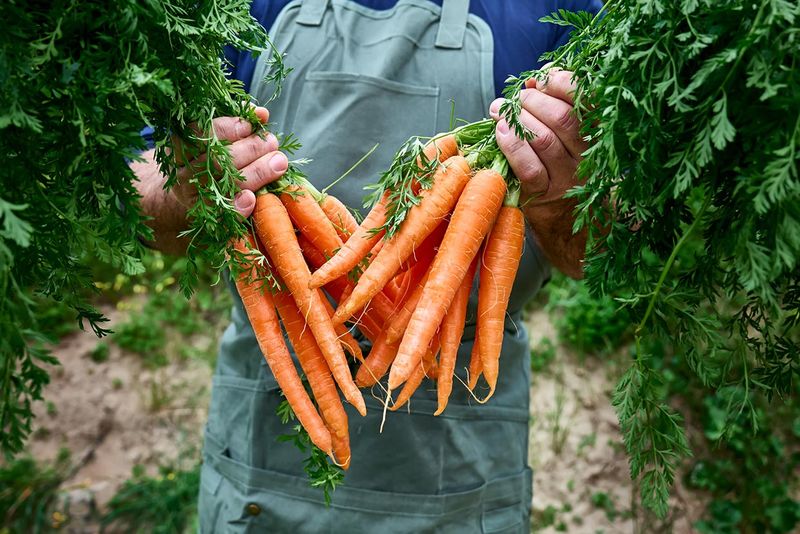
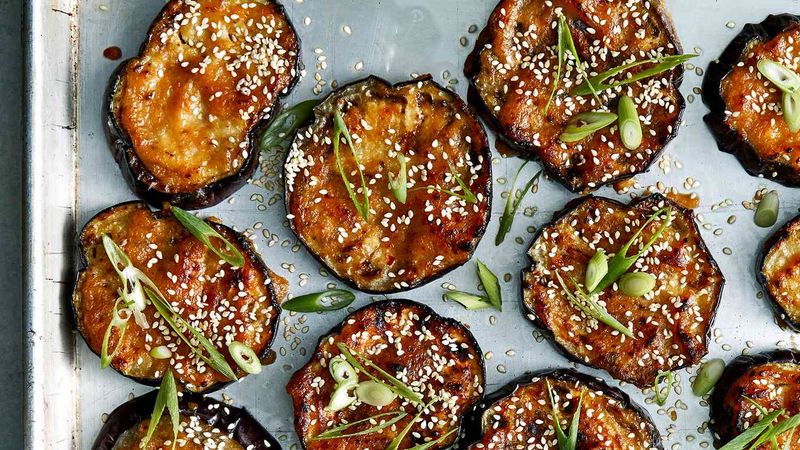
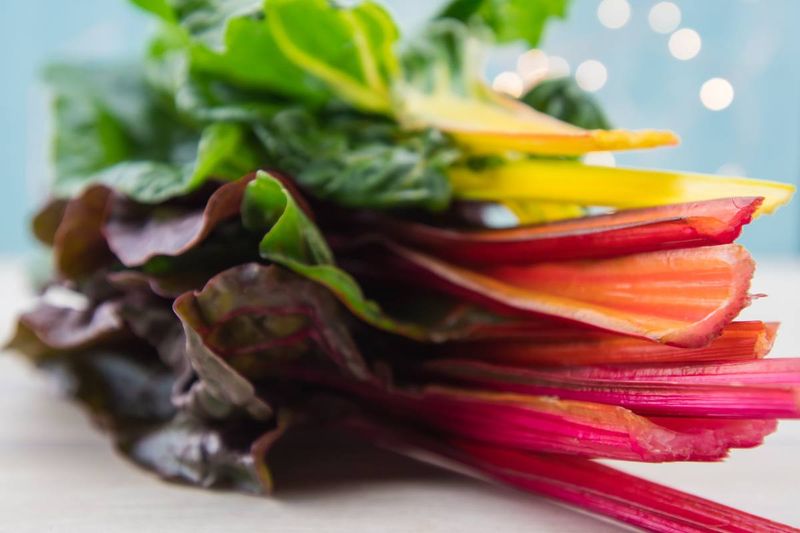
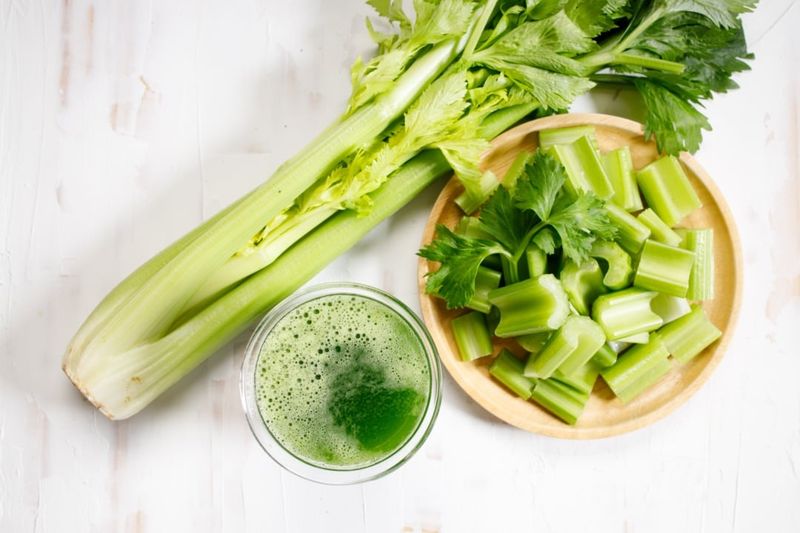
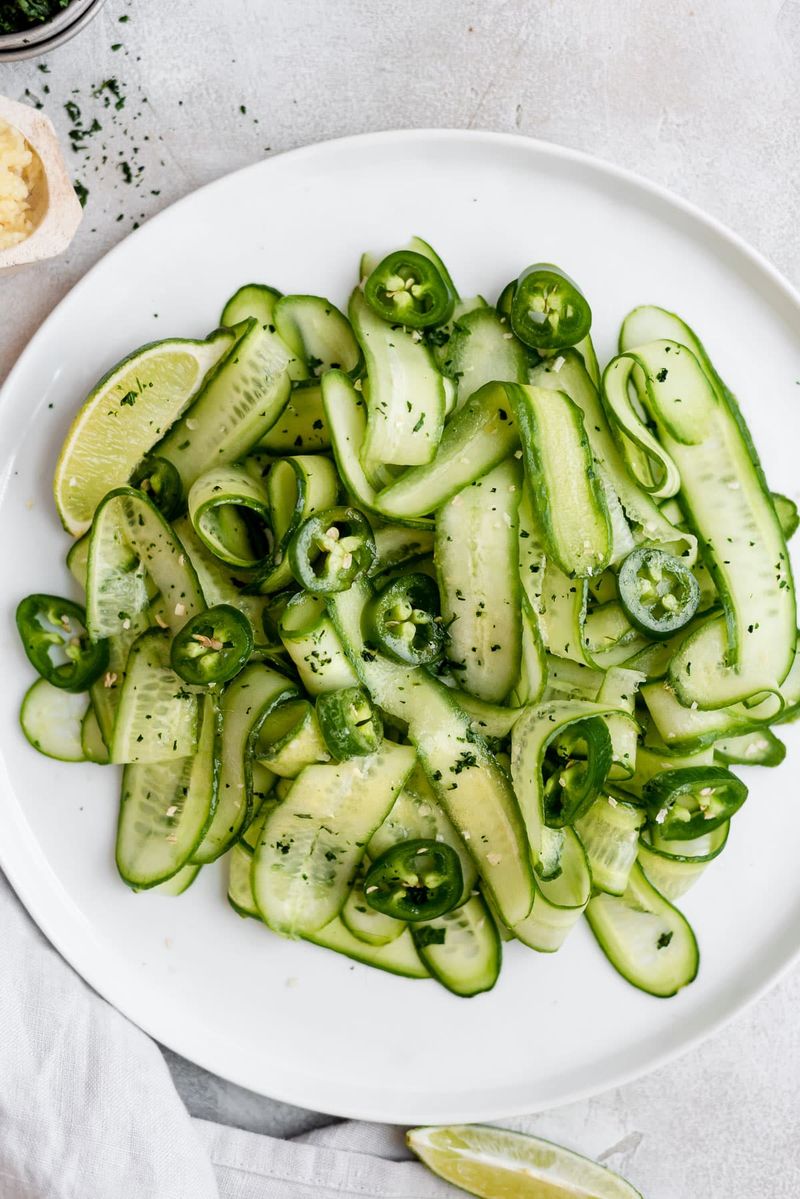
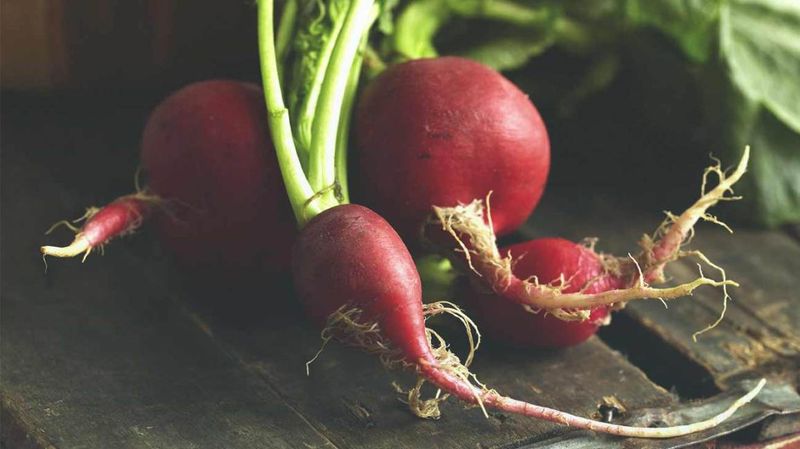

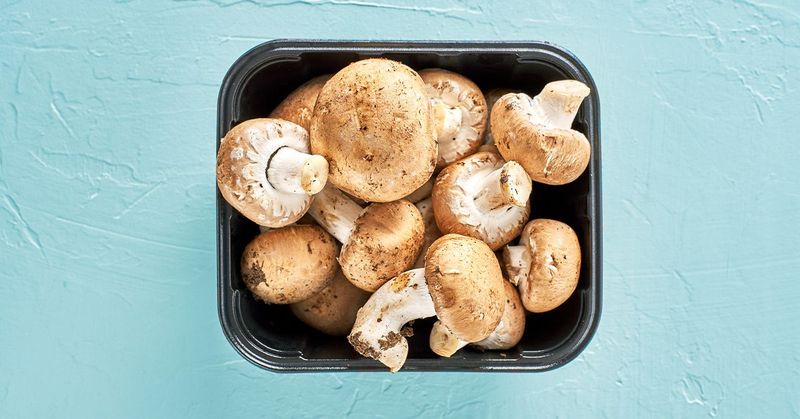
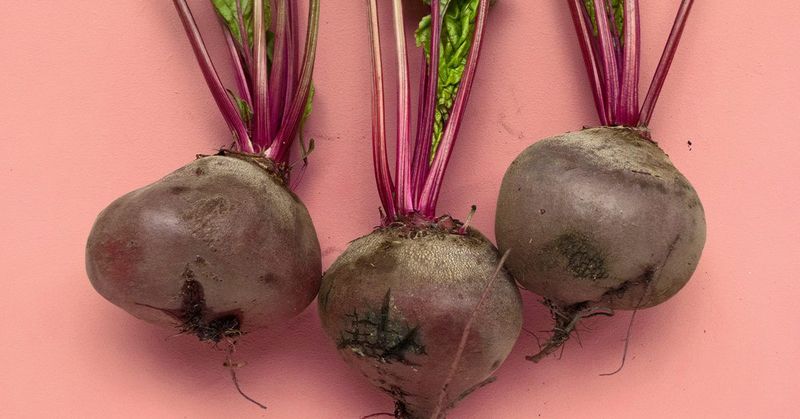
Leave a comment